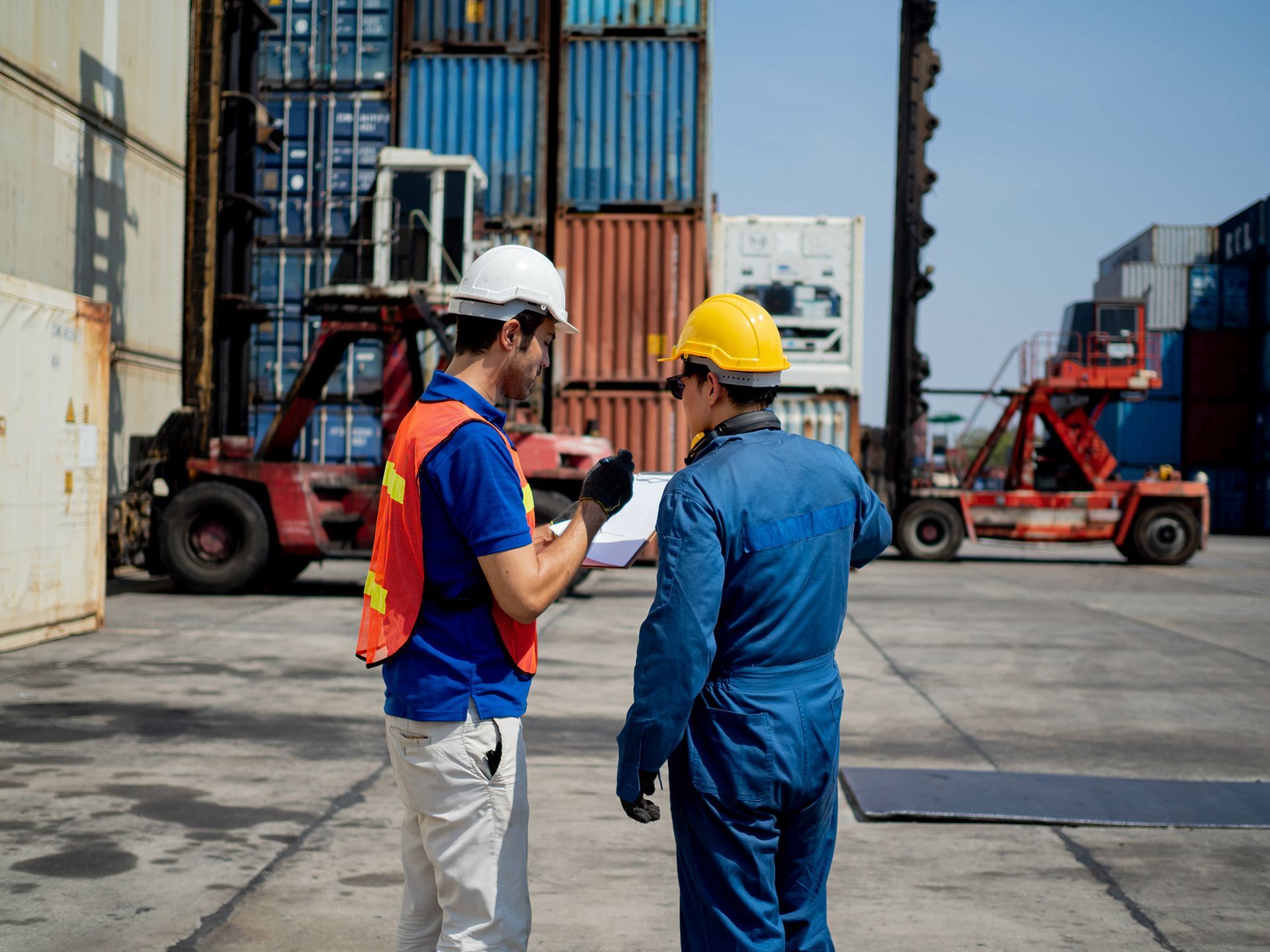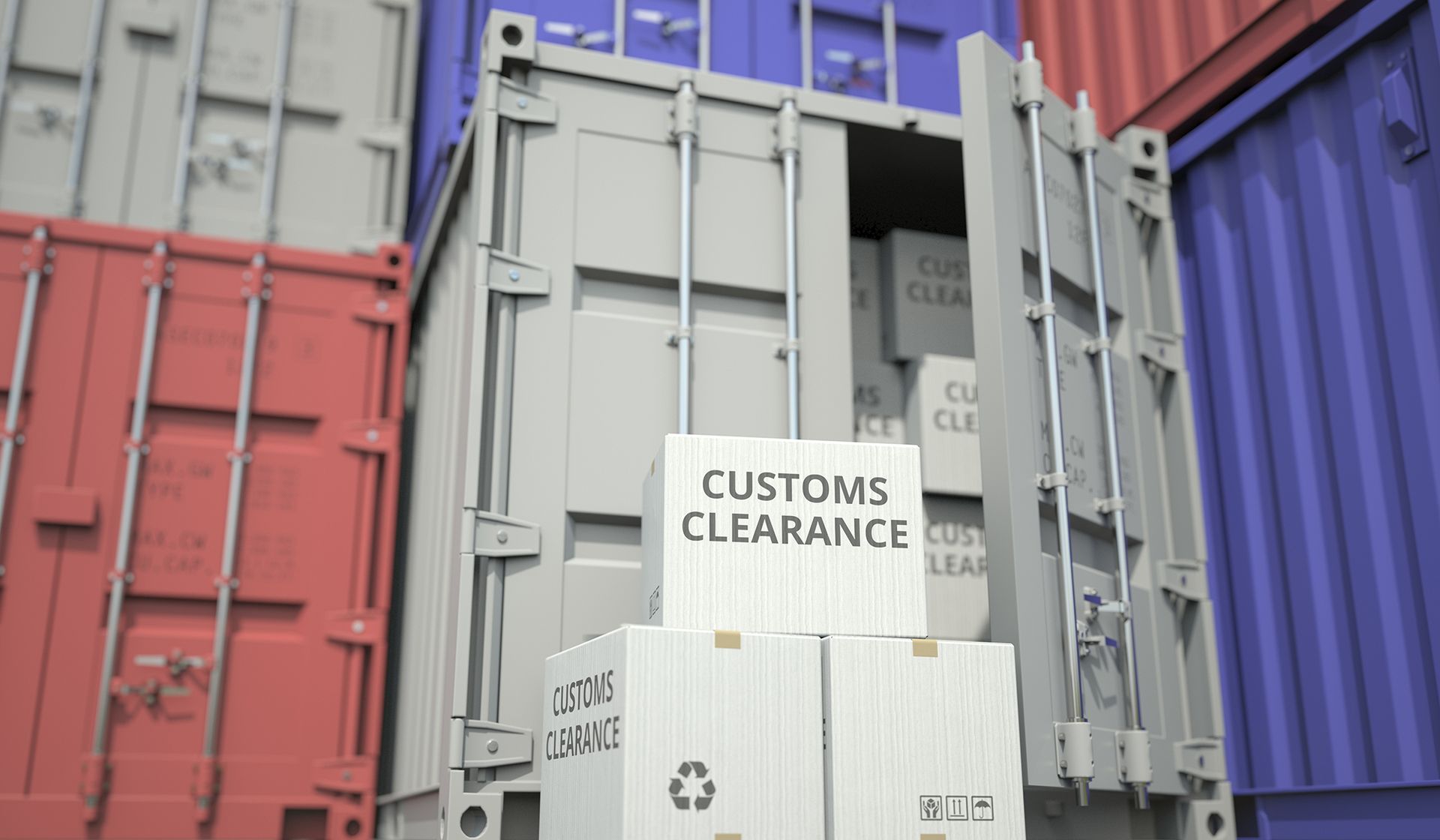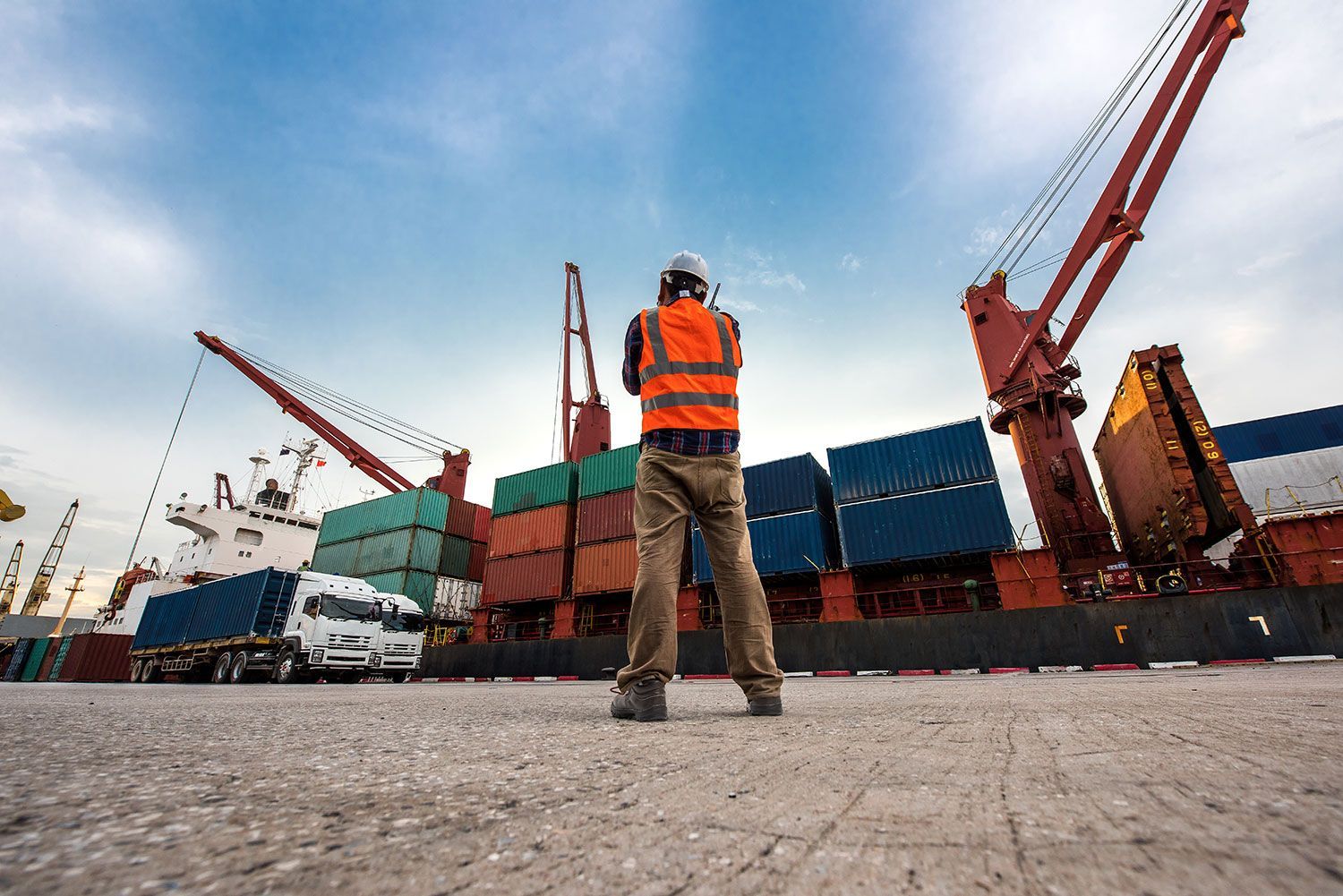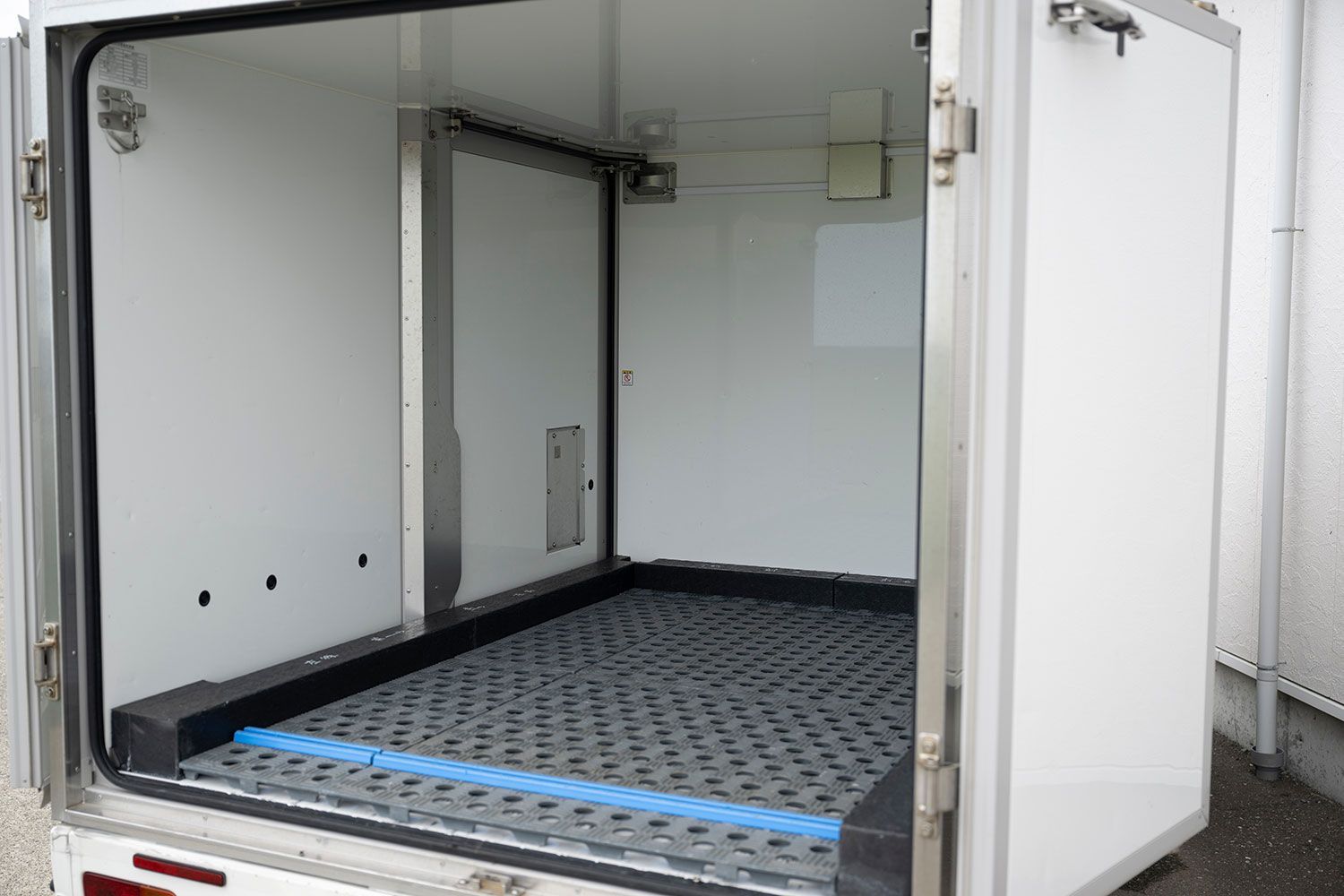Refrigerated Transport in Brisbane: Ensuring Freshness from Farm to Table

When it comes to the food supply chain system, maintaining the freshness and quality of perishable goods is critical.
Whether it’s fresh produce, dairy, or meat products, ensuring these items reach consumers in pristine condition requires a robust refrigerated transport system.
Refrigerated transport plays an essential role in the journey from farm to table, keeping food fresh and safe as it travels across the region and beyond.
In this article, we’ll explore how refrigerated transport operates in Brisbane, ensuring the food arrives fresh, flavourful, and ready for consumption.
What is Refrigerated Transport?
Refrigerated transport refers to the use of specialised vehicles and containers that maintain a consistent, controlled temperature during the transport of perishable goods. These refrigerated trucks and containers form the backbone of the cold chain—a temperature-controlled supply chain that ensures food safety and freshness.
In Brisbane, refrigerated transport is vital for moving goods from farms, processing facilities, and distribution centers to supermarkets, restaurants, and end consumers. Without an efficient cold chain, perishable products like fresh fruits, vegetables, dairy, and meats would spoil long before they reach their final destination.
For more information on refrigeration best practices, read this guide from Australian Food Cold Chain Council.
The Role of Cold Chain Management
Cold chain management is the process of maintaining optimal conditions—temperature, humidity, and handling—for perishable items throughout the entire supply chain. It is particularly critical in the food industry, where any failure in temperature control can lead to spoilage, foodborne illnesses, or reduced product quality.
In Brisbane, a typical cold chain might include:
Cold storage facilities where goods are kept at the proper temperature after harvest or production.
Refrigerated trucks that transport products between locations.
Temperature monitoring systems that track conditions in real-time to ensure products remain within the designated temperature range.
By maintaining the integrity of the cold chain, refrigerated transport ensures that products arrive fresh and safe for consumption, whether they’re destined for local markets or global exports.
Benefits of Refrigerated Transport for Businesses
Preserving Product Quality
By keeping perishable goods at optimal temperatures, refrigerated transport minimises spoilage, extends shelf life, and maintains the nutritional value of fresh produce. For businesses, this means less waste and higher quality products for their customers.
Expanding Reach
With refrigerated transport, businesses in Brisbane can expand their reach, delivering perishable goods to remote locations without compromising on quality. Restaurants and retailers can access fresh ingredients that are sourced from far beyond the local area, enhancing their product offerings and customer satisfaction.
Meeting Consumer Demand for Freshness
Consumers increasingly expect fresh, high-quality products at their local grocery stores and restaurants. Refrigerated transport enables businesses to meet this demand by providing a reliable way to transport perishable goods without sacrificing freshness.
Ensuring Food Safety and Regulatory Compliance
Food safety is a critical concern in the refrigerated transport sector. Any lapse in temperature control can lead to bacterial growth and spoilage, putting consumers at risk.
In Brisbane, strict regulations govern the handling and transportation of perishable goods, requiring businesses to follow stringent protocols.
Refrigerated transport companies use advanced temperature monitoring systems to ensure compliance with these regulations. These systems continuously track conditions inside refrigerated trucks, alerting operators to any fluctuations in temperature that could compromise product safety.
For more information on food safety standards, visit the Food Standards Australia website.
Refrigerated Transport Technologies Driving Innovation
Temperature Monitoring Systems
Real-time temperature monitoring allows transport operators to track conditions throughout the journey. If any issues arise, such as a drop in temperature, corrective action can be taken immediately, minimising the risk of spoilage.
Energy-Efficient Refrigeration
New energy-efficient refrigeration units are reducing the environmental impact of refrigerated transport. These systems use less energy while still maintaining precise temperature control, helping to reduce carbon emissions across the logistics sector.
Challenges in Refrigerated Transport
Despite its importance, refrigerated transport also comes with challenges that need to be addressed to maintain cold chain integrity:
Temperature Fluctuations
Any fluctuation in temperature, even for a short period, can cause perishable goods to spoil. Maintaining a consistent temperature throughout the journey is essential, which can be difficult in extreme weather or with long-distance transport.
Infrastructure Limitations
In some parts of Brisbane, the availability of cold storage facilities or properly equipped vehicles may be limited. This can create bottlenecks in the supply chain, leading to delays and potential spoilage of goods.
Costs
Refrigerated transport can be more expensive than standard transport due to the specialised equipment and energy consumption required. For smaller businesses, this can present a significant challenge in managing logistics costs while maintaining product quality.
In Summary
Refrigerated transport is the backbone of Brisbane’s cold chain logistics, ensuring that perishable goods maintain their freshness and quality from farm to table.
By using advanced technology and adhering to strict regulatory standards, refrigerated transport not only supports businesses in delivering high-quality products but also ensures that consumers enjoy safe, fresh food every day.
For businesses that rely on perishable goods, partnering with a reliable refrigerated transport provider is key to maintaining product integrity and satisfying customer demand.
As Brisbane continues to grow as a logistics hub, innovations in refrigerated transport will play an increasingly important role in the city’s supply chain.
For more information on refrigerated transportation, visit our perishable forwarding page.
Get in touch with us today to see how we can help your business deliver food – fresh and ready to go.
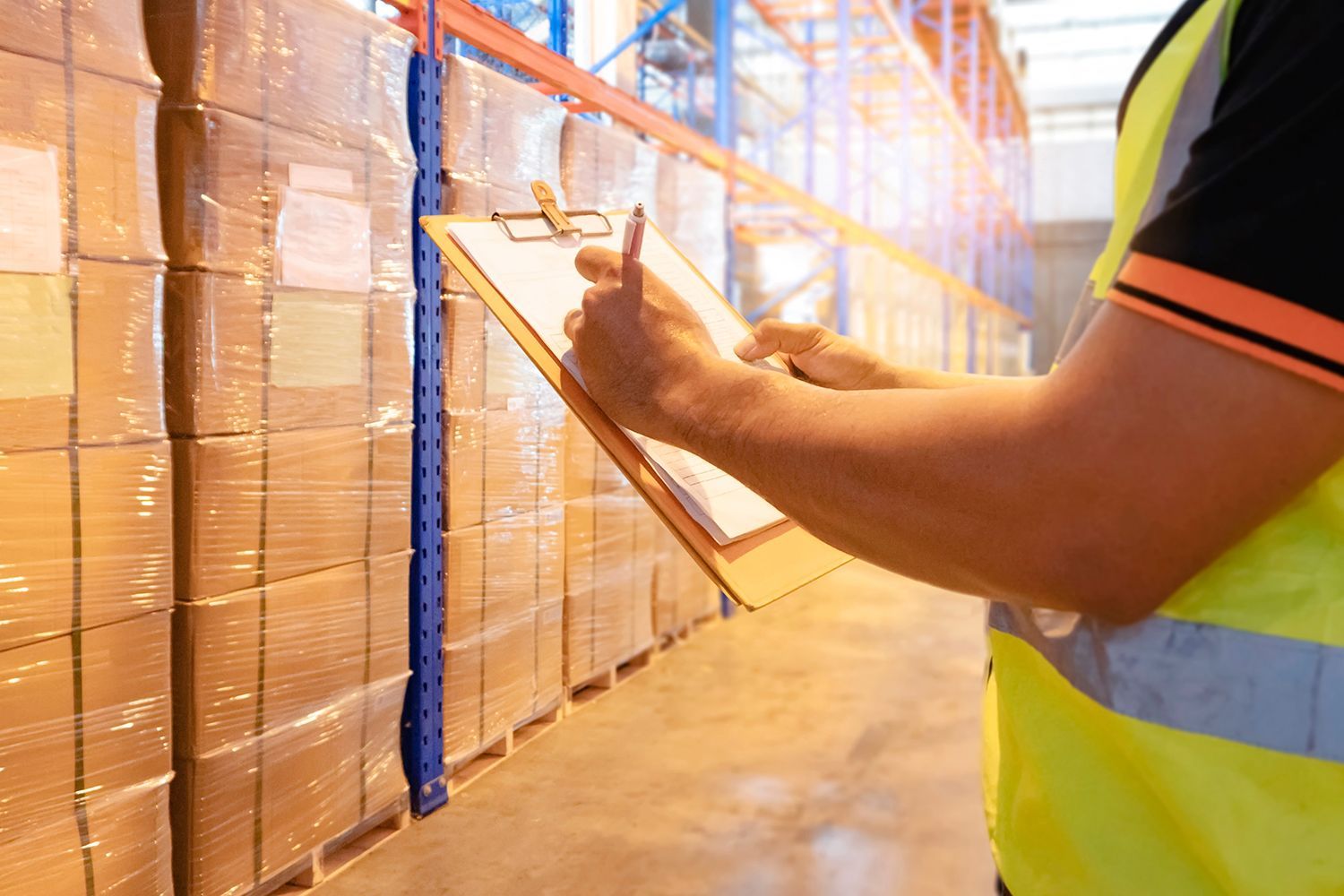
Australian Locations
Brisbane: +61 7 3866 7900
Sydney: +61 2 9700 1402
Sunshine Coast: +61 7 5471 7933
Quick LINKS
Our Services
Contact Information
729 -739 Macarthur Avenue Central Pinkenba Qld 4008
© 2024 All Rights Reserved | Vision International Logistics |
Privacy Policy
|
Standard Trading Conditions
| Website by
Octopus Digital
| Website Marketing by
Shark Digital

